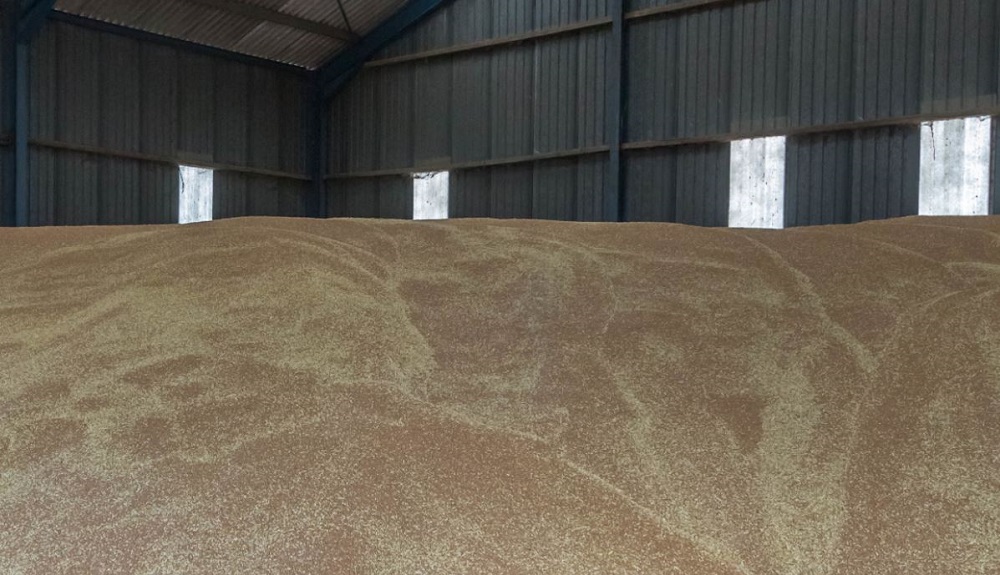- Home
- Knowledge library
- Planning the management of grain storage hazards (HACCP)
Planning the management of grain storage hazards (HACCP)
HACCP (Hazard Analysis and Critical Control Point) is a risk-based approach that identifies, evaluates and controls hazards significant for food and feed safety. Its success requires thorough preparation – covering the team, the store, the product, the process and the market – before HACCP principles are applied.
Planning stages
Prerequisite programmes (PRPs) describe the necessary measures for the safe production of food and feed.
Within grain storage operations, there are many hazards associated with the basic environmental and operating conditions of the production process. The control of these – often low-risk – hazards is normally part of good storage practice (GSP) or good hygiene practice (GHP).
Basic operations, for example, cover personnel, equipment, the production environment and materials used.
Typical PRP examples include:
- Hygiene and housekeeping
- Equipment maintenance and calibration
- Glass control
- Pest control
- Transport control
- Training
PRPs focus the HACCP system on significant hazards that require specific control measures. By ‘screening-out’ the lower-risk hazards, the identification of critical control points is made easier.
It is important to maintain records of PRPs and check their effectiveness, taking remedial action (if necessary).
|
Example of a grain store prerequisite programme (PRP) plan |
|||
|
Good storage practice procedures (hygiene and housekeeping) |
Hazards controlled |
Checking procedures |
Remedial actions |
|
Key equipment, store structures and environment cleaned to a defined schedule. Actions to minimise the risk of product contamination. Storage facilities kept clean, dry and fit for purpose. Actions documented. |
Introduction of salmonella and other pathogenic bacteria, storage pests and fungi from equipment and the store environment. |
Planned visual inspection to observe hygiene standards (e.g. before storage and at regular intervals during the storage period). Check stores for pests with traps prior to loading. |
Remedy defects and re-establish a hygienic environment. Consider whether additional cleaning, trapping and treatment are required. Review procedures to ensure appropriate hygiene standards are maintained. |
Stage 1: Obtain senior management commitment
Ensure there is a full commitment – at every level of the business – to make the necessary resources available to develop, implement and maintain the HACCP system. This requires a defined management structure and responsibilities within the HACCP team.
Stage 2: Define the terms of reference/scope
From the outset, clear terms of reference and scope will help the HACCP team focus on the key issues. Define factors such as:
- The product the study applies to (grain types)
- The process the study applies to (start and end points)
- The hazards considered (biological, chemical and physical agents)
Stage 3: Select the HACCP team
A multi-disciplinary team is best placed to collate and evaluate technical data. This will improve the quality of the data considered and the quality of the decisions made. Ensure team members have adequate knowledge and expertise to conduct the HACCP study.
Stage 4: Describe the product and process
Prepare a full description of the process(es) and product(s) under study. Define the key parameters that influence the safety and/or quality of the product. The essential product characteristics in a grain storage operation include:
- Product types (milling wheat, oilseed rape, malting barley)
- Treatments (grain conditioning, pesticide treatments)
- Storage
Stage 5: Identify the intended use of the product
Define the intended use of the product (e.g. food or feed), which is essential to identify the main hazards.
Stage 6: Construct a process flow diagram
Examine the product/process operations and produce a flow diagram around which to base the study. There are no rules for the format of the flow diagram; presentation is a matter of preference. However, each operational step in the process to store grain – from the start point through to dispatch of the finished product – should be clearly outlined in sequence. It should provide sufficient technical detail for the study to proceed.
Stage 7: On-site confirmation of a process flow diagram
Ideally, confirm the accuracy of the flow diagram with a physical check of the process. If this is not possible, use the expertise of the people involved in the HACCP study to ensure the flow diagram represents the most likely production options.
 Tim Scrivener
Tim Scrivener
Topics:
Sectors:
Tags:

